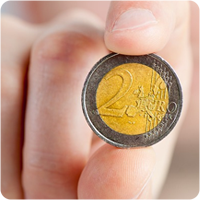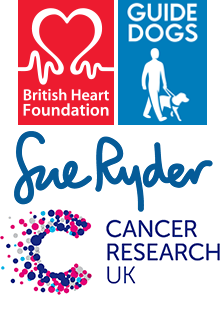Het arrangement Charity begins at home h45 is gemaakt met Wikiwijs van Kennisnet. Wikiwijs is hét onderwijsplatform waar je leermiddelen zoekt, maakt en deelt.
- Auteur
- Laatst gewijzigd
- 11-05-2025 19:54:21
- Licentie
-
Dit lesmateriaal is gepubliceerd onder de Creative Commons Naamsvermelding-GelijkDelen 4.0 Internationale licentie. Dit houdt in dat je onder de voorwaarde van naamsvermelding en publicatie onder dezelfde licentie vrij bent om:
- het werk te delen - te kopiëren, te verspreiden en door te geven via elk medium of bestandsformaat
- het werk te bewerken - te remixen, te veranderen en afgeleide werken te maken
- voor alle doeleinden, inclusief commerciële doeleinden.
Meer informatie over de CC Naamsvermelding-GelijkDelen 4.0 Internationale licentie.
Aanvullende informatie over dit lesmateriaal
Van dit lesmateriaal is de volgende aanvullende informatie beschikbaar:
- Toelichting
- Deze les valt onder de arrangeerbare leerlijn van de Stercollectie voor Engels voor havo, leerjaar 4 en 5. Dit is thema 'Money'. Het onderwerp van deze les is: Charity begins at home. Deze les gaat over geld geven aan goede doelen. De grammaticaopdracht gaat over Relative clauses.
- Leerniveau
- HAVO 4; HAVO 5;
- Leerinhoud en doelen
- Engels;
- Eindgebruiker
- leerling/student
- Moeilijkheidsgraad
- gemiddeld
- Studiebelasting
- 4 uur 0 minuten
- Trefwoorden
- arrangeerbaar, charity begins at home, engels, goede doelen, hv45, relative clauses, stercollectie

 The subject of this lesson is 'Charity begins at home'.
The subject of this lesson is 'Charity begins at home'.


 SHAUN:
SHAUN: ALEX:
ALEX: TIM:
TIM: Speaking
Speaking One in five of Britain’s biggest charities spend less than 50 per cent of total income on good works, new report claims.
One in five of Britain’s biggest charities spend less than 50 per cent of total income on good works, new report claims.

 Grammar
Grammar
 Task: Writing
Task: Writing